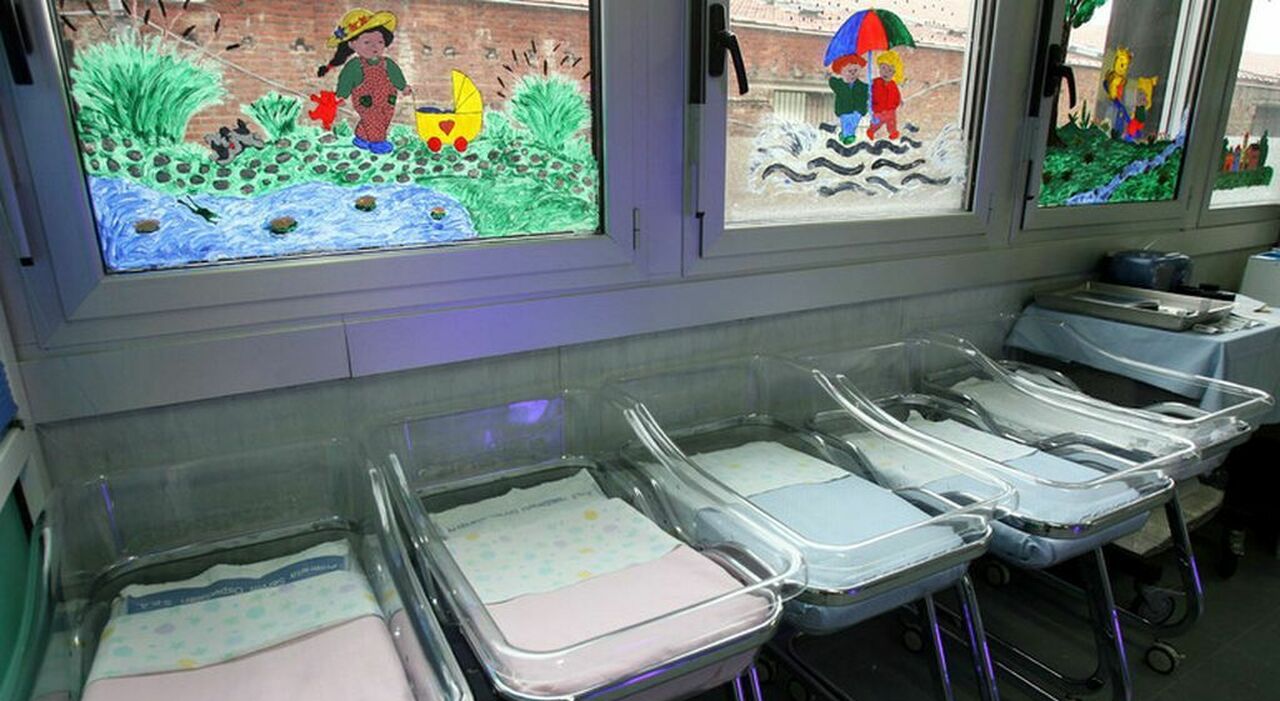The birth rate in Italy continues to decline, but at an even faster pace than in previous years. In 2023 the overall population remained substantially stable, due to very strong migration flows, asymmetries are clear between the different regions of the country: the North is gaining residents, while the South and interior regions are now experiencing steady contraction. The South, after twenty years, will have a higher fertility rate than the Mid-North. The Istat report on population indicators related to last year confirms some consolidated trends and at the same time indicates a definite exit from the Covid era, with the number of deaths close to pre-pandemic levels. Therefore, life expectancy at birth increased by almost six months to 81.1 years for males and 85.2 years for females nationally. However with significant regional differences: the longevity gap between Trentino Alto-Adige and Campania is 2.9 years to the detriment of the southern region. A distance that has grown over the years.
Birth: For 7 out of 10 people, the choice is only possible if there is work-life balance
Double intensity
The fact that fewer and fewer children are being born is certainly not new: the 2023 figure – the Statistics Institute recalls – is the eleventh consecutive negative record since 2013. But the number of 379,000 newborns born into the world is less than fourteen thousand. In the previous year, the intensity decreased by approximately two times (-3.6 percent). Compared to 577 thousand children in 2008, the relatively peak birth rate this century, almost 200 thousand children have been lost. We are at just six births per thousand citizens.
However, there is one element that should be looked at with particular attention: it is the total fertility rate, also known as the average number of children per woman, which has decreased from 1.24 to 1.20 in 2022. Another factor that has contributed to the decline in births in recent years in an obvious way is the reduction of potential parentage due to demographic trends in the 1980s and 1990s; You have to go back to 1995 to find the lowest average number of children per woman (1.19). The decline in the birth rate affects both Italian citizens and foreigners: immigrants still have high fertility rates, which, however, are gradually decreasing and moving towards other residents.
The region with a relatively high average number of children per woman is Trentino-Alto Adige (1.42), although it shows the least contraction. Sardinia is at the bottom of the rankings with its desolate 0.91. However, overall, after twenty years, the South-North core has a higher fertility. Istad points out another figure clearly related to the former: the average age at childbirth continues to advance, rising to 32 and a half years.
As mentioned, the total number of residents at the beginning of 2024 is less than 59 million.
won
The well-known phenomenon of aging – fortunately amplified by the decrease in mortality in 2023 – on the contrary, although with different intensities, affects more or less the whole of Italy. The median age of the resident population rises to 46.6 years (three months higher than in January 2023). There are more than 4.5 million people over the age of 80, surpassing the number of children under 10 for the first time.
To understand how the country has changed, it is enough to remember that the ratio is now close to equilibrium, 2.5 to 1 twenty-five years ago and 9 to 1 fifty years ago. The active-age population, the country's potential workforce, is also shrinking: Italians between the ages of 15 and 64 now number just under 37.5 million. And the number of centenarians also sets a new record: at the beginning of the year there were about 22,500 people, an increase of 2 thousand units over the previous year.
© All rights reserved
Read the full article
messenger

“Gamer. Professional beer expert. Food specialist. Hardcore zombie geek. Web ninja. Troublemaker.”







More Stories
Biazapulita, Brodie Without Mercy on Schlein: “Immoral Truth,” another broad piece
Mission to the United States for representatives of the Italian Merchant Marine Academy
“Democracy Against Fascists”. Vannacci's book delivery at Cremona was cancelled